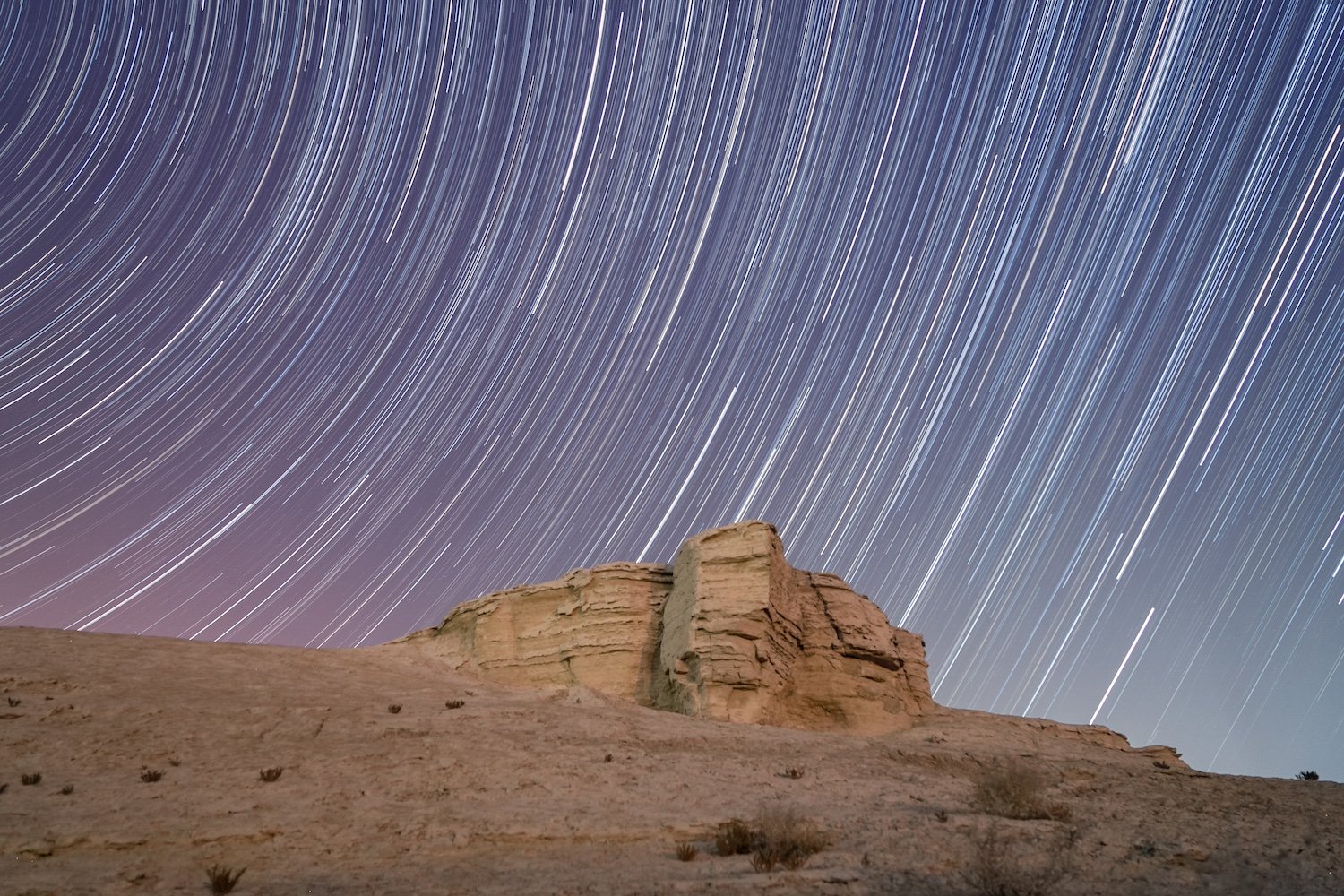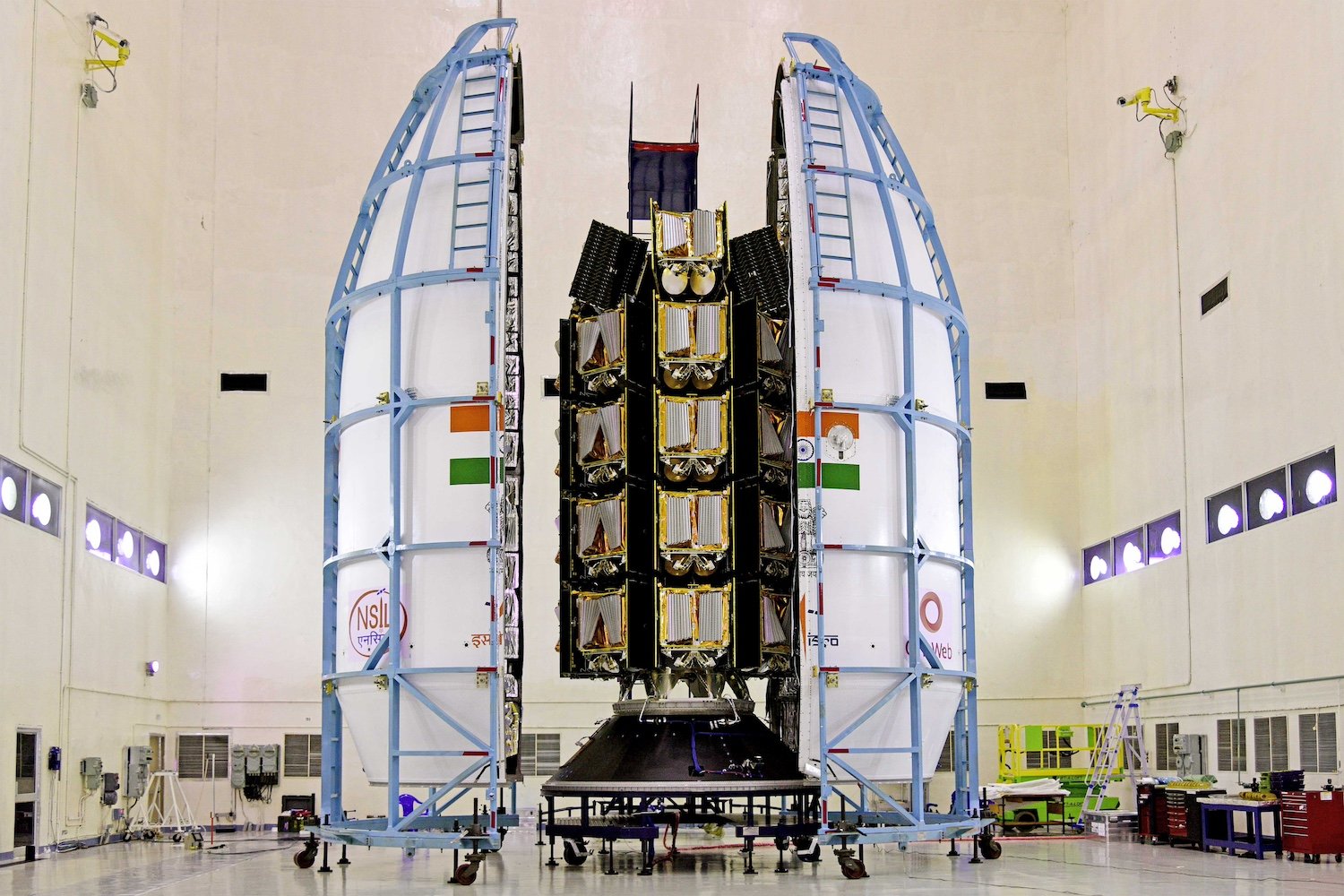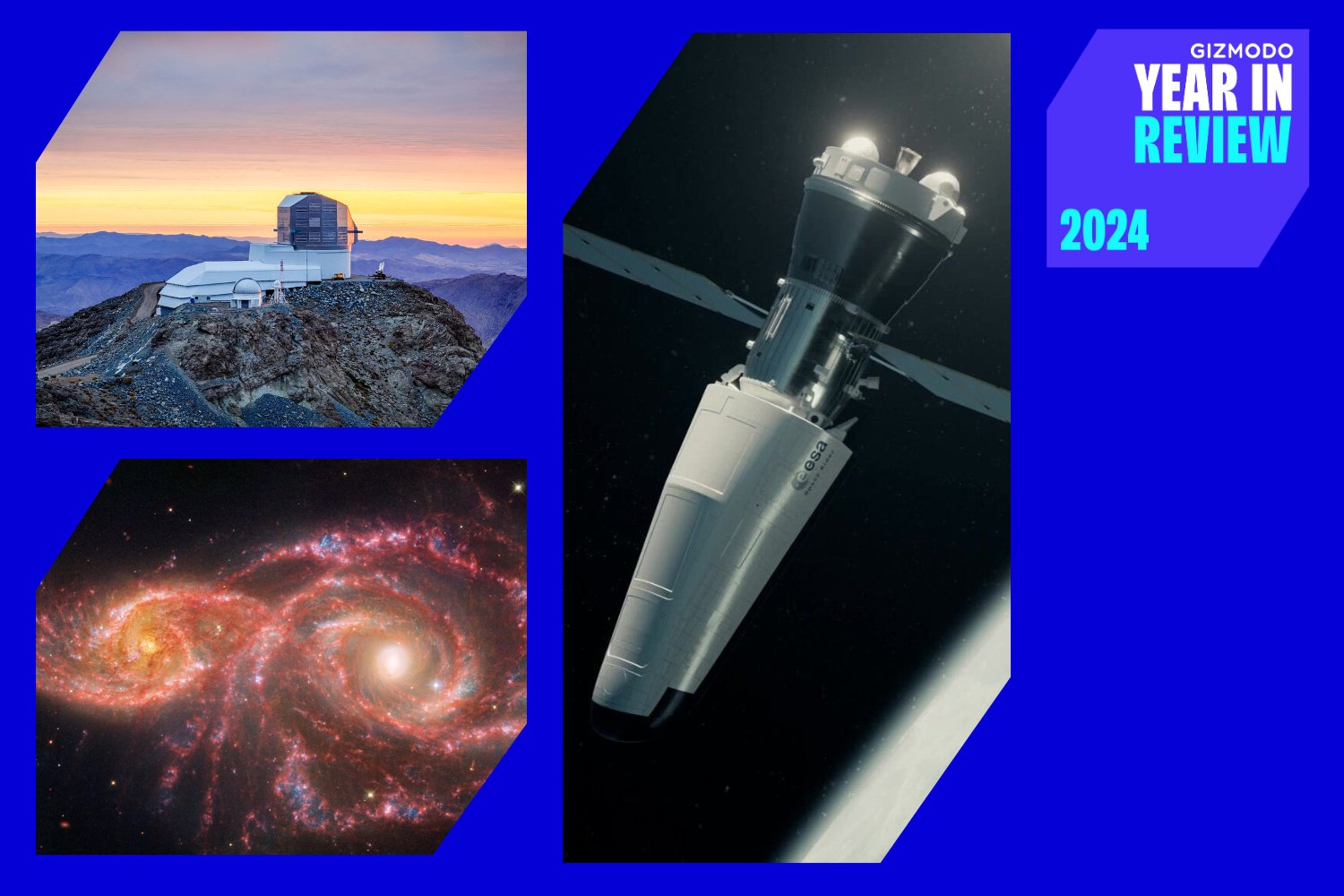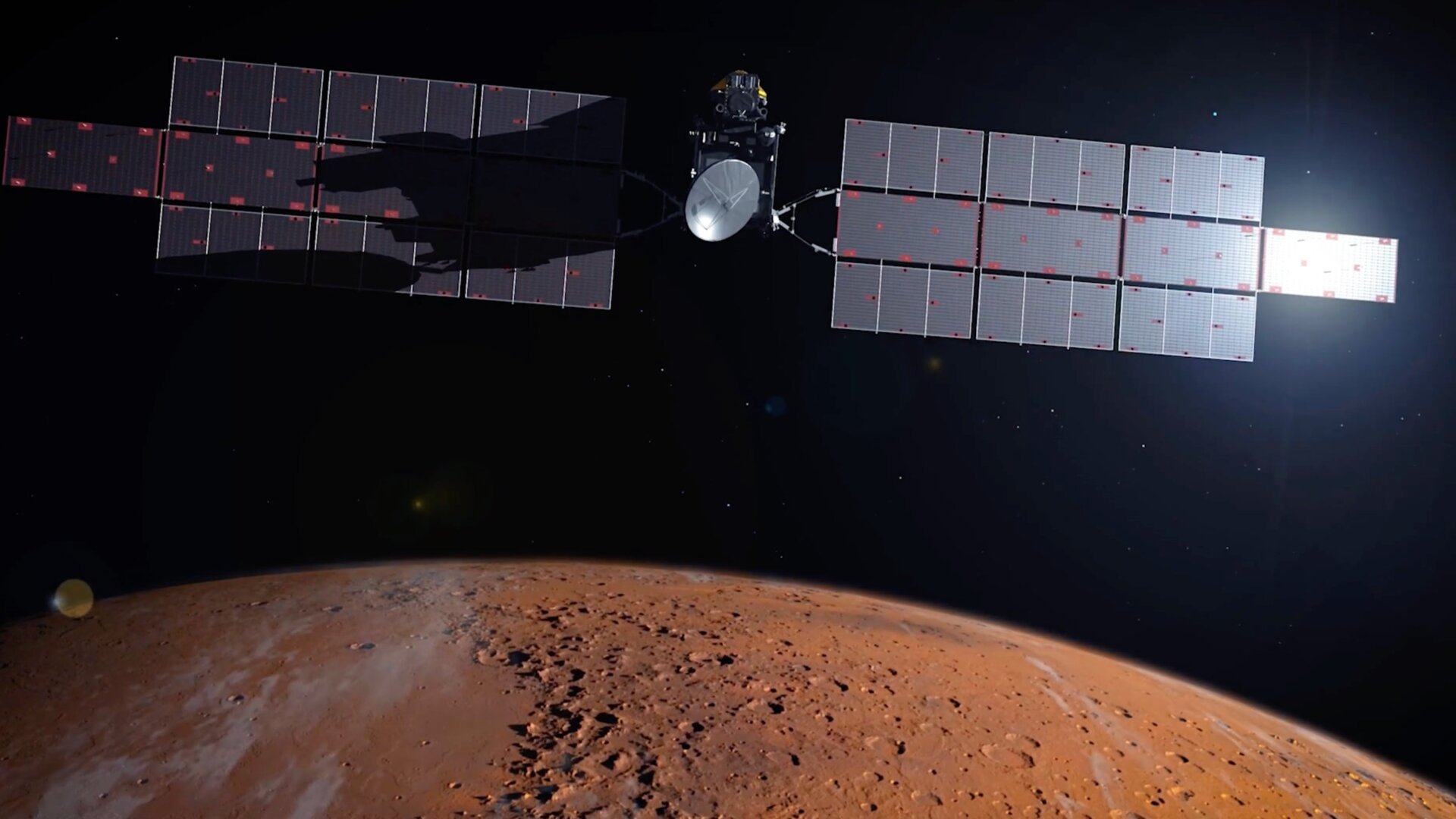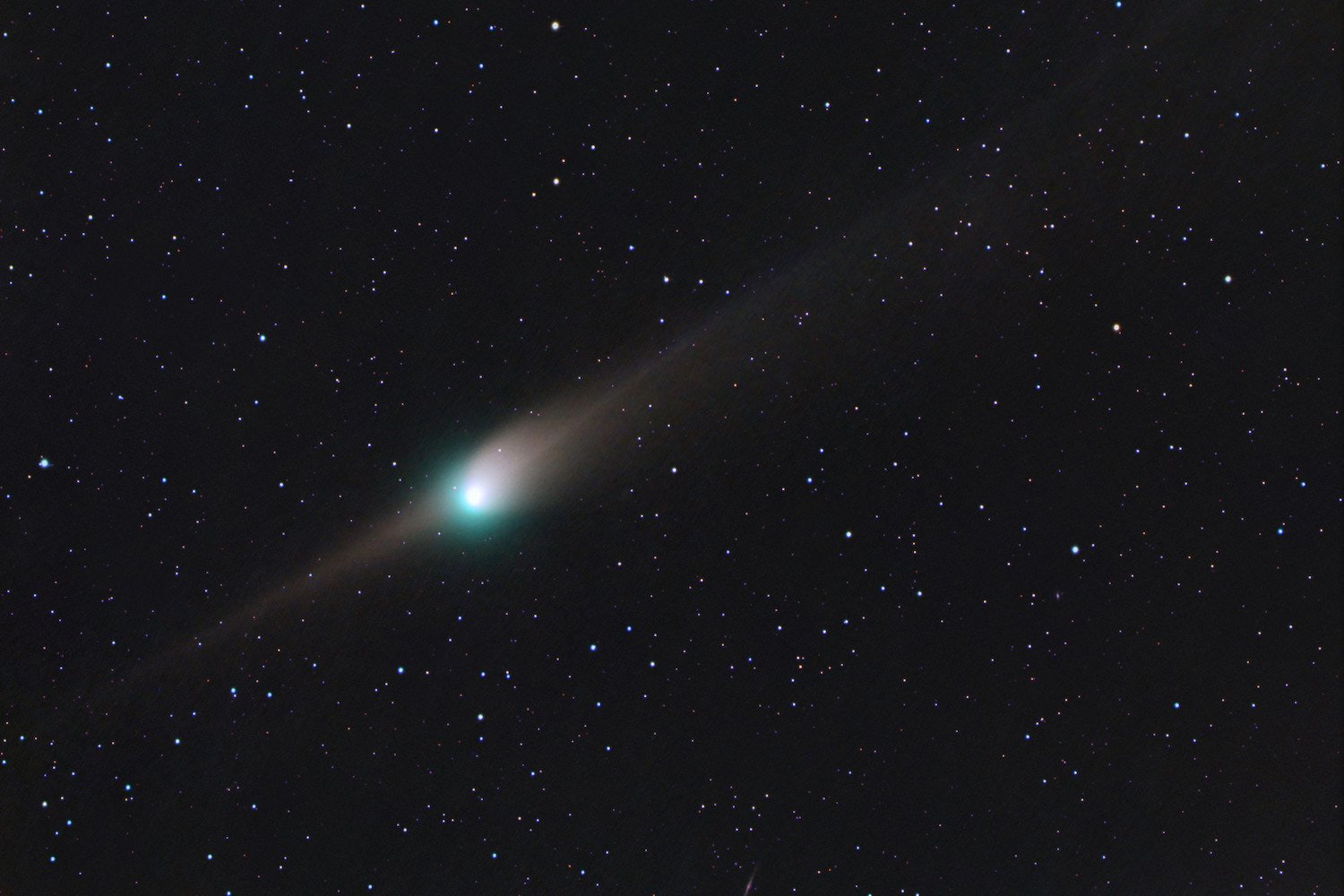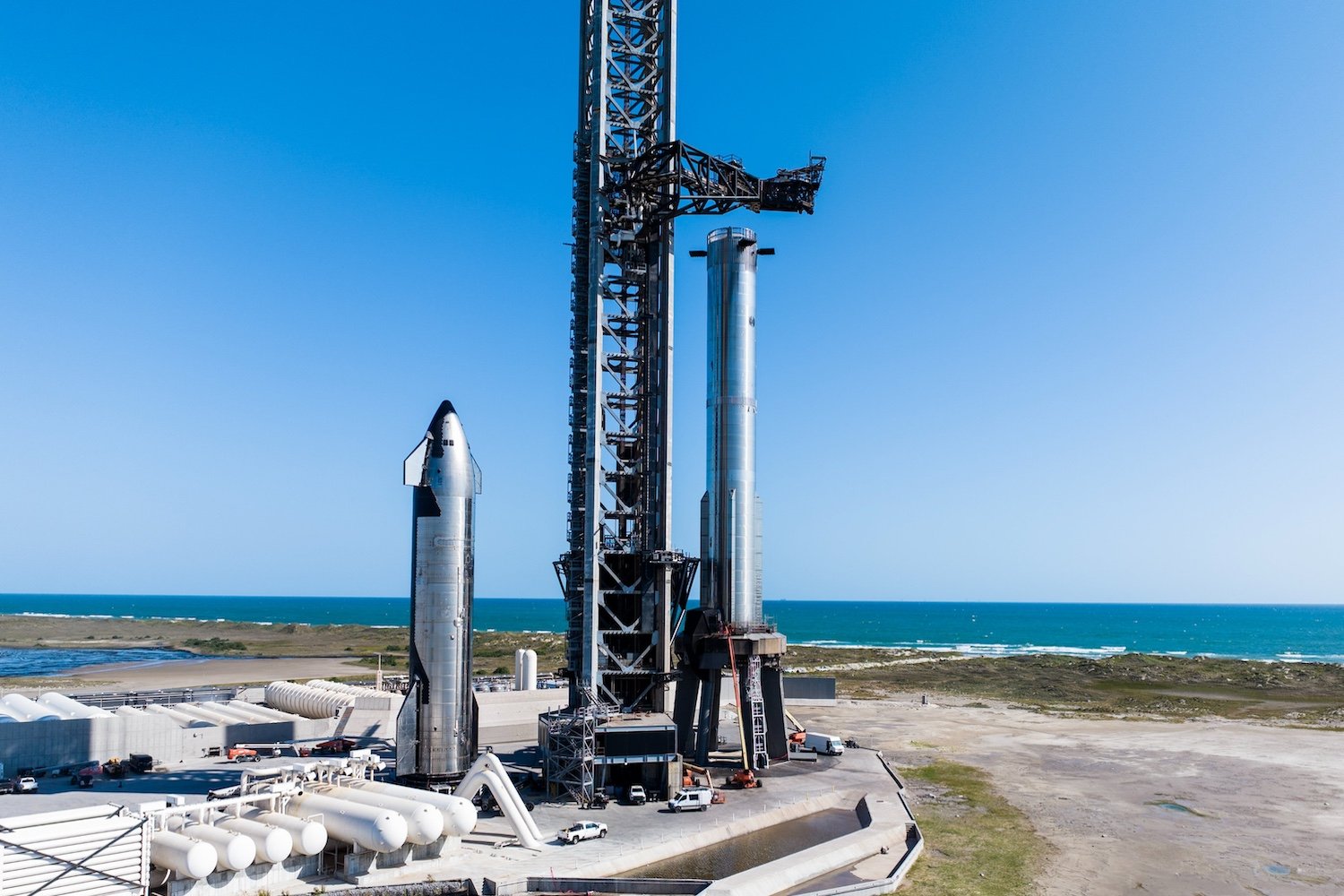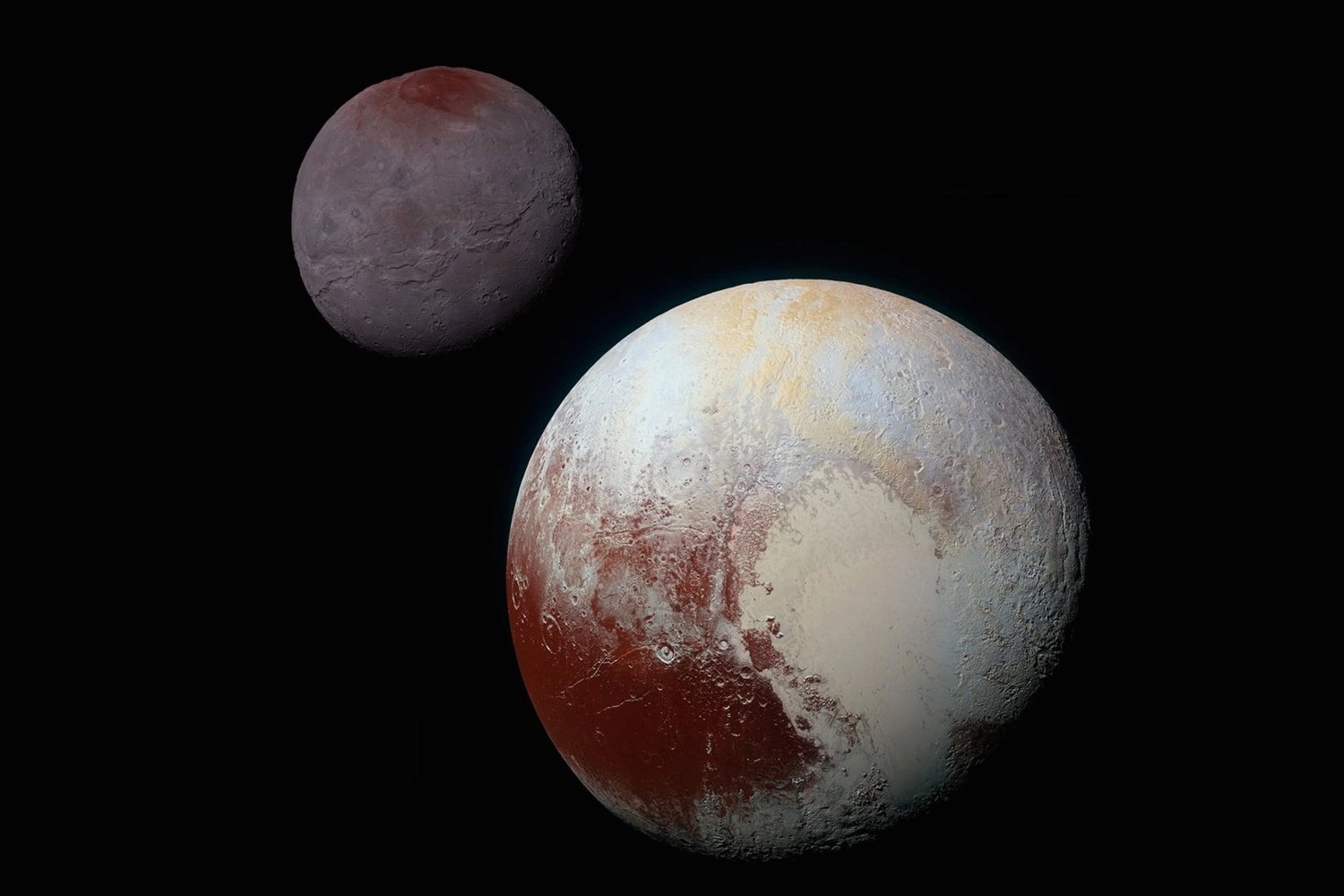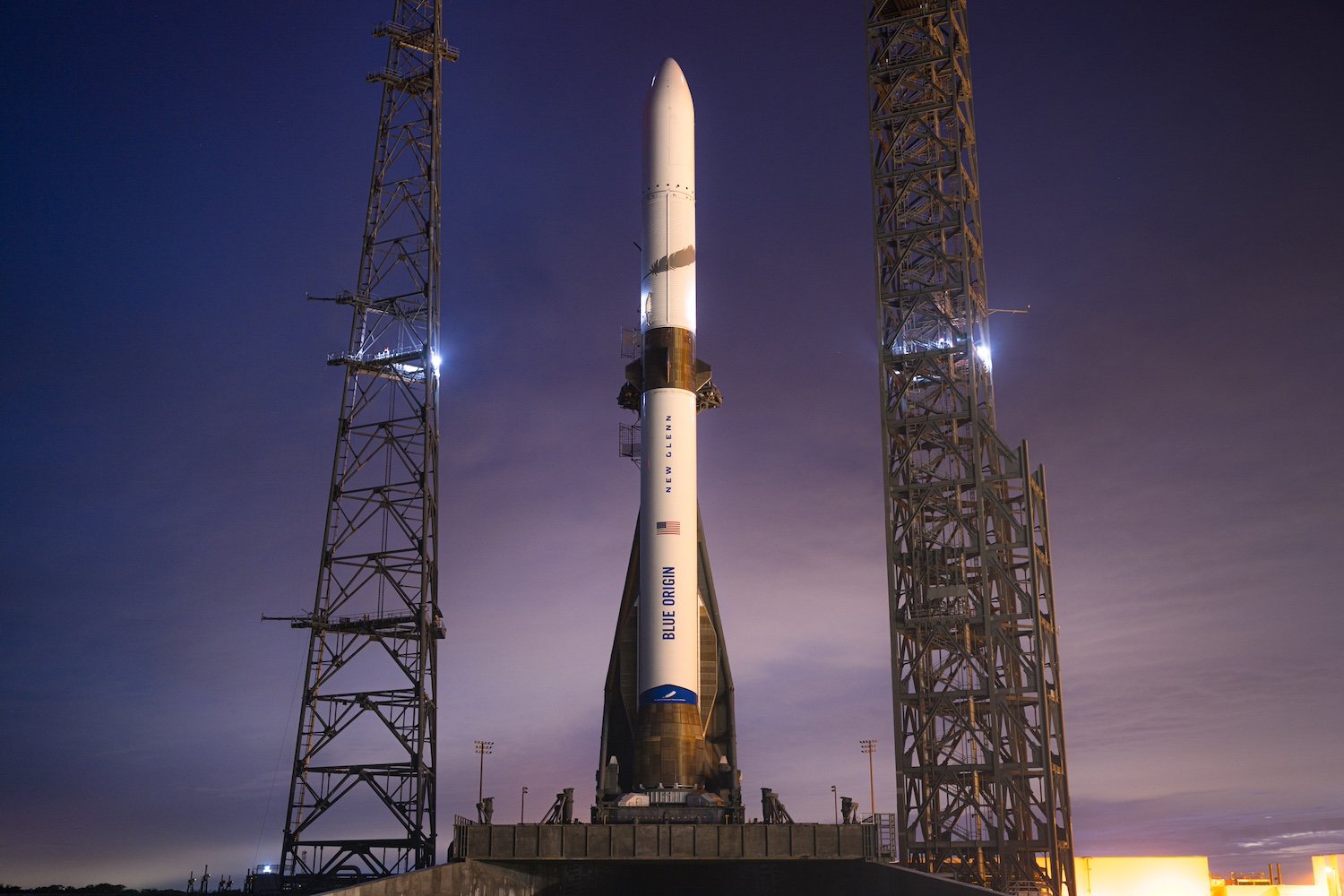The night sky is preparing for its first dazzling display of 2024: the Quadrantid meteor shower. Peaking in the pre-dawn hours of Friday, January 3rd, this celestial event promises a breathtaking spectacle with an estimated 30 to 60 meteors per hour. Unlike last year, the absence of significant moonlight interference guarantees optimal viewing conditions for this popular meteor shower.
The Northern Hemisphere offers the best vantage point for the Quadrantids, although the shower will be visible across the entire sky. To maximize your viewing experience, find a location far from city lights, minimizing light pollution. Prepare for a late night, as the peak viewing time begins around 2 a.m. and continues until dawn. Unlike 2023, when a 51% full moon somewhat obscured the view, this year’s waxing crescent moon will not detract from the brilliant meteor streaks.
The Quadrantids: A Brief Overview
The Quadrantids, first observed in 1825, are an annual meteor shower active from late December to mid-January. Due to the thin stream of particles and Earth’s trajectory through it, the peak viewing window is relatively short, lasting only a few hours, as explained by NASA. However, this brief period offers a remarkable display of bright fireball meteors, known for their vibrant explosions of light and color, resulting from larger particles burning up in the atmosphere.
Origin of the Quadrantids: Asteroid 2003 EH1
Unlike most meteor showers originating from comets, the Quadrantids originate from an asteroid named 2003 EH1. This relatively small asteroid, approximately two miles (three kilometers) in diameter, orbits the Sun every five and a half years. Scientists believe it may be a dead comet or a “rock comet,” an asteroid with a comet-like orbit. The radiant point, the apparent origin of the meteors in the sky, lies within the former constellation Quadrans Muralis, according to NASA. This constellation, created in 1795, is no longer officially recognized by the International Astronomical Union.
A Year of Celestial Events
The Quadrantids mark the beginning of an exciting year for skywatchers. Throughout January, four planets – Venus, Mars, Saturn, and Jupiter – will be visible in the early evening hours, offering further opportunities to marvel at the wonders of our solar system.
This spectacular meteor shower is a great way to kickstart a year of celestial observation. So, wrap up warm, find a dark spot, and prepare to be amazed by the Quadrantid meteor shower.



